Manure management is a team effort
From an outside perspective, manure application may look like a simple task, but it takes numerous people and organizations to collaborate to complete the job.
Read MoreFrom an outside perspective, manure application may look like a simple task, but it takes numerous people and organizations to collaborate to complete the job.
When it comes to manure hauling, there are three main people: the livestock producer, the crop farmer, and the custom applicator. Of course, there are several other people and agencies that also play a role.
Last week was the Ohio Manure Science Review. It is organized by The Ohio State University and Wood County Soil and Water Conservation District. The audience consists of custom applicators, multiple regulatory agencies, crop farmers, livestock producers, equipment dealers, and other industry professionals who have a role in manure.
Through attending events like this, I have the opportunity to network and connect with others who serve in various capacities. Naturally, many of these relationships turn into lifelong friends.
This year I was glad to catch up with Paige Garrabrant and Mary Wilhelm.
Paige works for OSU Extension doing water research and has extensive industry knowledge. Her previous career was managing environmental compliance for a large livestock producer. She and her team conduct various research studies to analyze multiple metrics in the Western Lake Erie watershed. With these studies they connect with producers and various stakeholders with a goal of improving overall water quality within the watershed.
Mary works for Putnam and Hancock County Soil and Water Conservation Districts. She is the one who responds when a neighbor files a complaint. It is her job to evaluate the situation and determine if there is a legitimate issue. Another part of her job is writing Comprehensive Manure Management Plans. These plans help farmers manage their manure, so the nutrients are placed exactly where they are needed the most. I am so fortunate that I not only get to work with them, but I get to call them both friends.
From an outside perspective, manure application may look like a simple task, but it takes numerous people and organizations to collaborate to complete the job. First, we need the livestock producer to raise the animals that produce the manure. Then, we need crop farmers to raise the crops that need the nutrients manure provides. Then we need the manure applicator to be the bridge between the two. In addition we also need Extension professionals doing the research, so we can do our job more efficiently and effectively. We need regulatory agencies to make sure regulations are being followed. All parties involved want the public to understand our process and why it’s a critical part of agriculture today. Relationships and networking are so important.
Everyone involved must understand the regulatory side of the desk and the regulatory officials must understand the boots on the ground side. This allows both of us to do our jobs to be the best stewards of the land.
Photo: Pictured are (l to r) Mary Wilhelm, Dresbach and Paige Garrabrandt.
This blog was written by Megan Dresbach, vice president of W.D. Farms, LLC, which specializes in everything manure management, from agitation to application. On social media, she is known as Ohio Manure Gal. Follow her to read about what exactly being in the manure management industry entails.

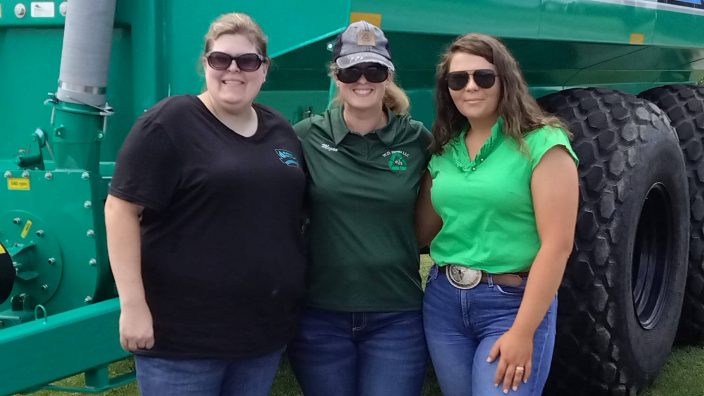
From an outside perspective, manure application may look like a simple task, but it takes numerous people and organizations to collaborate to complete the job.
Read More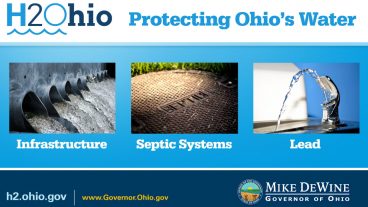

The deadline for farmers to submit applications for the H2Ohio program is moving back to the original date of March…
Read More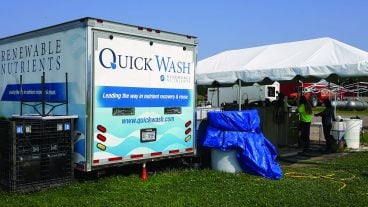
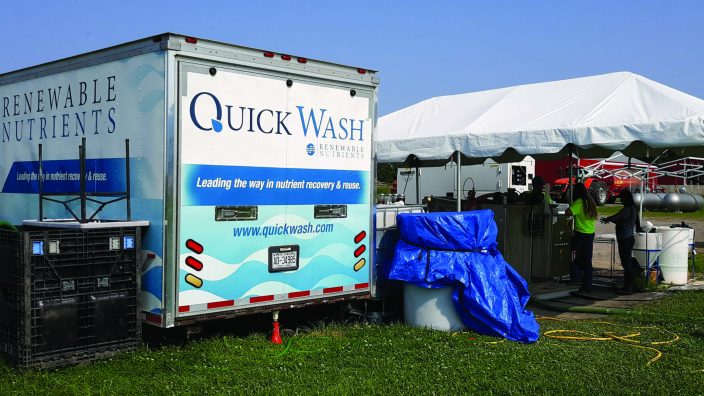
This summer, there were two new pieces of equipment by the pig barns at Stateler Farms in McComb, which is…
Read More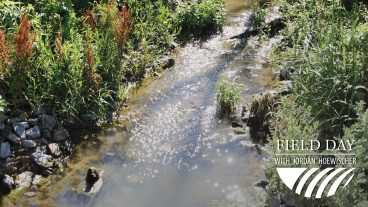

In the latest edition of Field Day, Ohio Farm Bureau’s Director of Water Quality and Research Jordan Hoewischer talks with…
Read More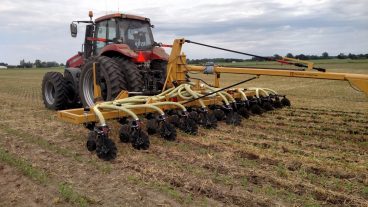
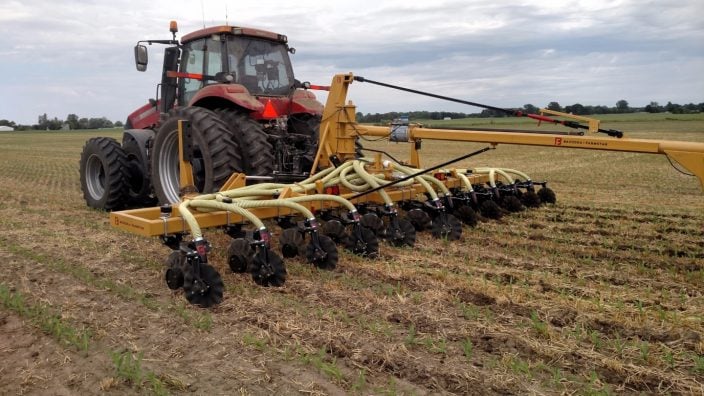
With corn needing nitrogen, and pigs and cattle producing a lot of it, anything that offers a better way to…
Read More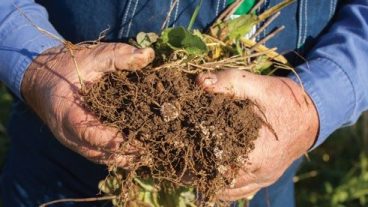
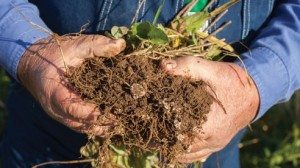
Mercer County Farm Bureau is one of 15 county Farm Bureaus that will receive funding for water quality projects from Ohio…
Read More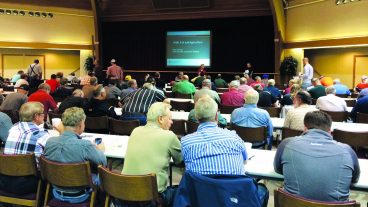
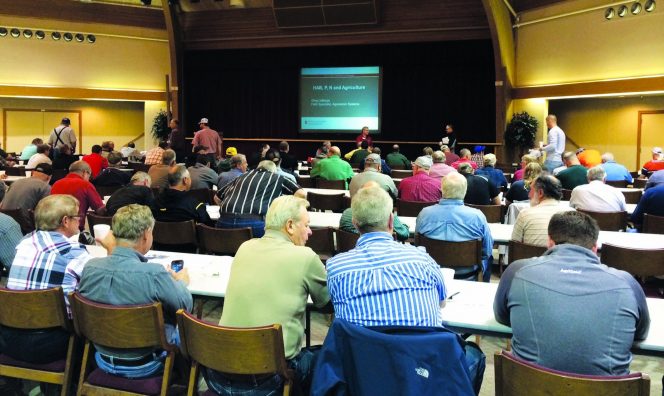
Signed into law in 2014, Senate Bill 150 requires farmers applying commercial fertilizer to more than 50 acres to attend a course on fertilizer application. Applicators must be certified no later than Sept. 30, 2017.
Read More